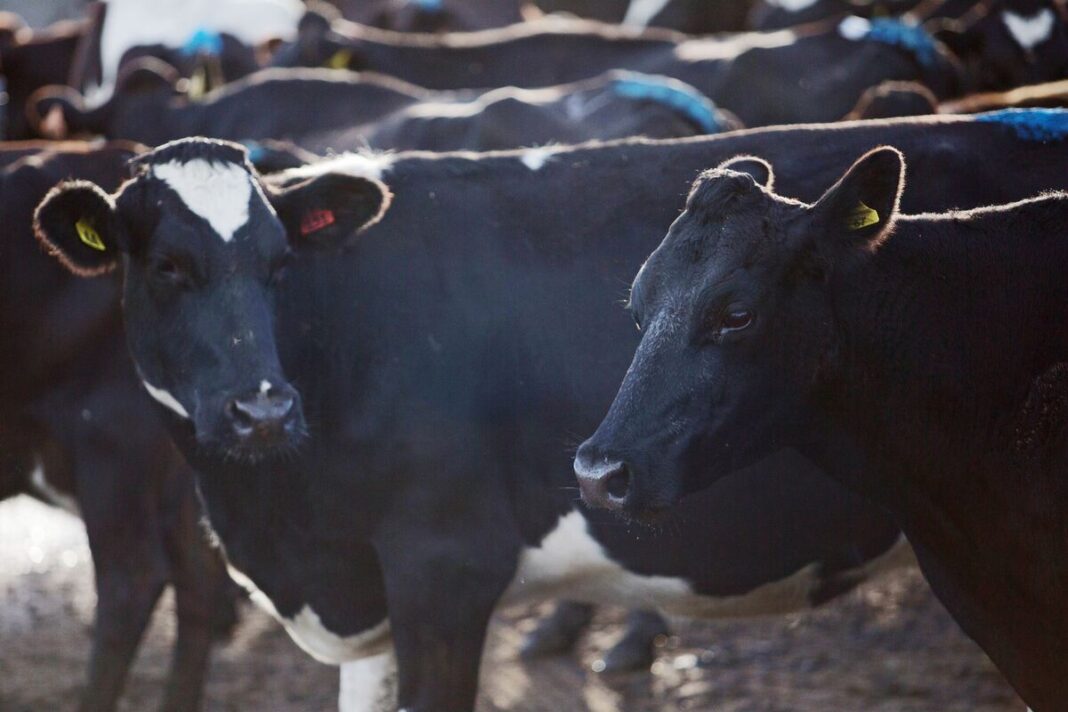New Zealand’s Dairy Industry: A Turning Point for Farmers and the Economy
New Zealand’s dairy farmers are gearing up to spend after a robust rise in milk payments, signaling a positive change for the country’s economic landscape. Fonterra Cooperative Group’s Chair, Peter McBride, recently announced an unprecedented milk payout, which could significantly impact not only the farmers themselves but also the broader economic environment. This article delves into the implications of these developments, exploring various facets of the dairy industry and its importance to New Zealand’s economy.
A Record Milk Payment: What It Means
This year, New Zealand dairy farmers are experiencing a record payment per kilogram of milk solids — a crucial metric that reflects the profitability of dairy production. Higher milk prices entail increased earnings for farmers, enabling them to invest back into their farms. This surge in income allows farmers to purchase new equipment, enhance their technology, and improve farm infrastructure, laying the groundwork for more sustainable practices.
Economic Impacts on Rural Communities
The boost in dairy payments is likely to have a ripple effect in rural communities dependent on agriculture. As farmers increase their spending, local businesses such as feed suppliers, equipment dealers, and service providers stand to benefit. A revived agricultural sector can help stimulate employment opportunities, improving overall living standards in these areas. Every dollar spent in the dairy industry generates broader economic activity, underscoring the critical role agriculture plays in New Zealand’s economy.
Investment in Sustainable Practices
With increased income from milk sales, many farmers are inclined to invest in sustainable practices. This shift aligns with global trends toward environmentally responsible farming. By adopting technologies that reduce emissions and enhance efficiency, farmers not only improve their bottom line but also contribute to New Zealand’s goal of becoming a leader in sustainable agriculture. This proactive approach not only benefits the environment but also resonates well with a more eco-conscious consumer base.
Challenges Still Looming
Despite the promising outlook, challenges remain on the horizon for New Zealand’s dairy farmers. Fluctuations in global dairy prices, weather impacts, and ongoing supply chain issues could dampen progress. Farmers must stay adaptable and innovative to navigate these uncertainties. Moreover, competition from other dairy-producing countries can introduce pressures that may affect local pricing structures and market access.
The Role of Fonterra
Fonterra, as the country’s largest dairy exporter, plays a pivotal role in these dynamics. The cooperative’s decisions directly influence milk prices and, consequently, the financial well-being of farmers across New Zealand. Under McBride’s leadership, the cooperative is focused on balancing profitability with sustainability, ensuring that the long-term interests of farmers and the wider community are prioritized. This dual focus is crucial for fostering resilience in an industry that remains sensitive to global shifts.
Future Expectations
Looking ahead, dairy farmers are optimistic about the feasibility of growth. With planned investments in technology and a drive toward sustainability, they are well-positioned to meet the evolving demands of the marketplace. The expectations for increased exports and a premium on sustainable products present an exciting opportunity for both farmers and the economy. As these trends develop, the outlook for the New Zealand dairy industry remains promising, with potential benefits extending beyond agriculture and into the broader economy.
Conclusion
In summary, the recent record milk payment presents a significant opportunity for New Zealand dairy farmers and the economy. While challenges exist, the ability to invest in sustainability and technology bodes well for the future. New Zealand’s dairy industry stands at a pivotal moment, with farmer optimism and community benefits creating a pathway toward a thriving agricultural future. The journey forward will require innovation, adaptability, and a commitment to sustainable practices, but the potential rewards are substantial.



